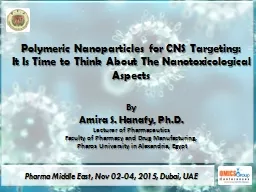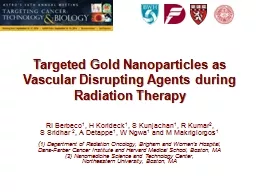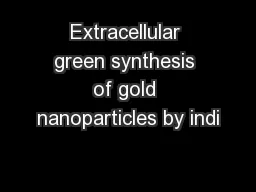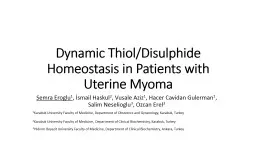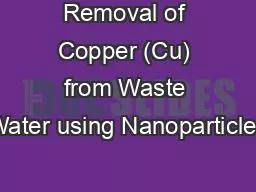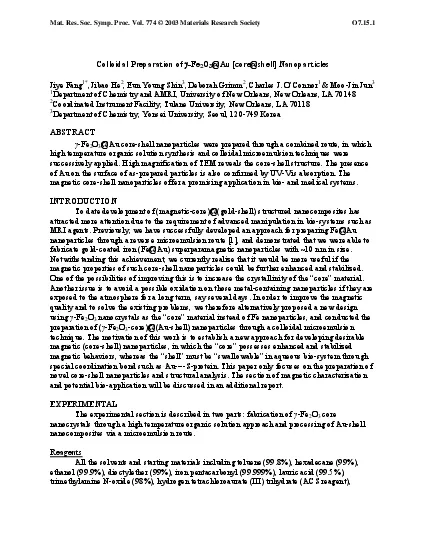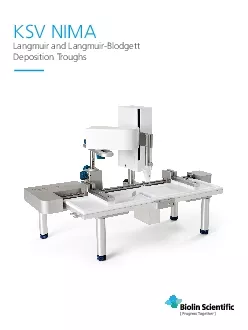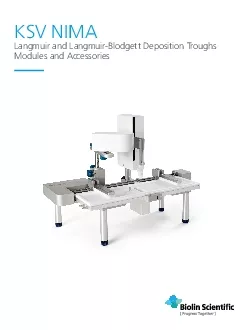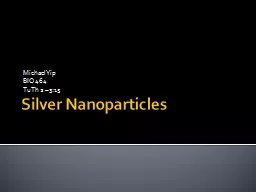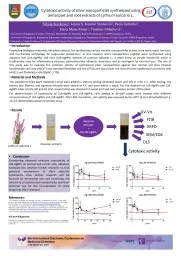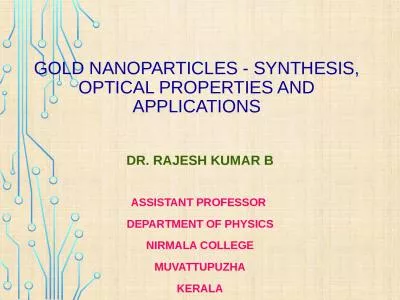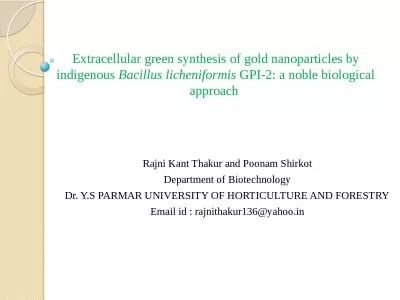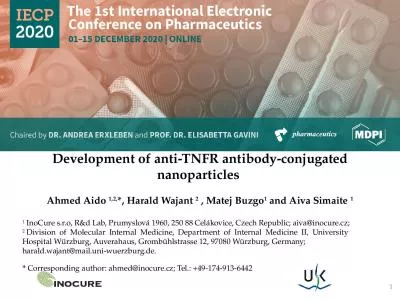PPT-Covalently Crosslinking Gold Thiol Capped Nanoparticles via Langmuir Trough
Author : violet | Published Date : 2023-06-10
The particles were compressed into 2d arrays with the aid of the Langmuir trough and covalently crosslinked upon introduction of a solution of alkanethiols yielding
Presentation Embed Code
Download Presentation
Download Presentation The PPT/PDF document "Covalently Crosslinking Gold Thiol Cappe..." is the property of its rightful owner. Permission is granted to download and print the materials on this website for personal, non-commercial use only, and to display it on your personal computer provided you do not modify the materials and that you retain all copyright notices contained in the materials. By downloading content from our website, you accept the terms of this agreement.
Covalently Crosslinking Gold Thiol Capped Nanoparticles via Langmuir Trough: Transcript
Download Rules Of Document
"Covalently Crosslinking Gold Thiol Capped Nanoparticles via Langmuir Trough"The content belongs to its owner. You may download and print it for personal use, without modification, and keep all copyright notices. By downloading, you agree to these terms.
Related Documents


